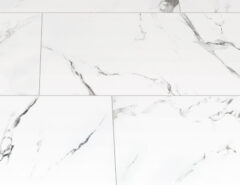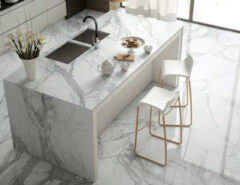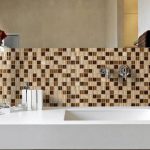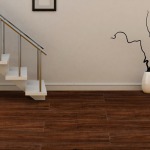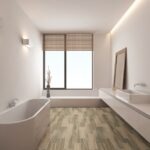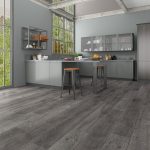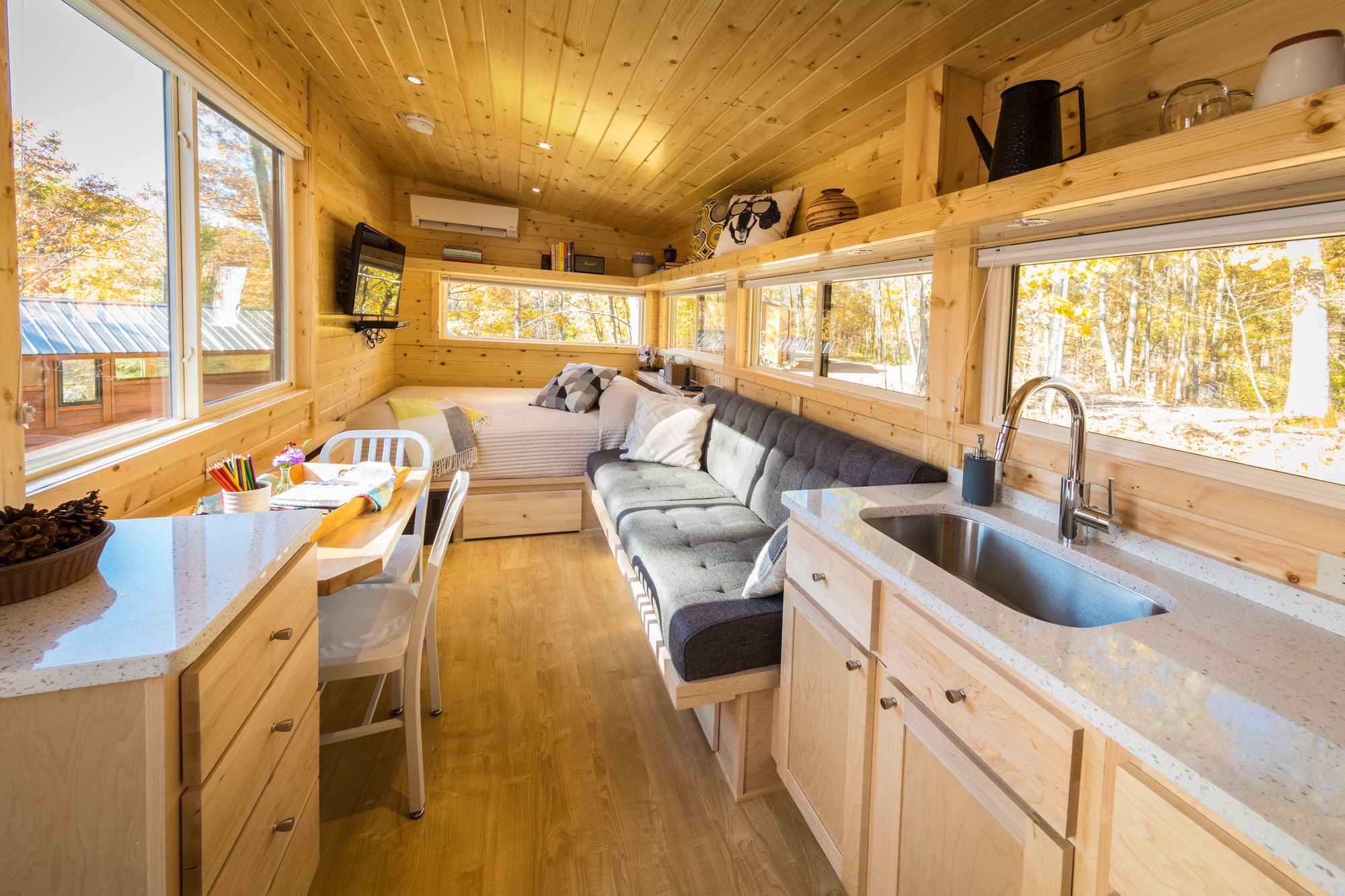
When it’s time to do a renovation on your RV or camper, choosing the right flooring is the foundation of a comfortable, attractive home on wheels. The flooring will guide the décor of your mobile home, so you want to choose something you love and that jibes with your vision for your home environment. Maybe you want something that feels rustic, like a cabin on wheels, or perhaps you fancy the glamorous vagabond life and desire a more bohemian vibe. The flooring you choose can make or break your look. Happily, you have lots of options for flooring. Here are the most popular, along with a couple you should stay away from.
Recommended Flooring
Luxury Vinyl Planks
Luxury vinyl is made from PVC vinyl. Luxury vinyl planks are durable, inexpensive, and water-repellent, and they’re designed to look exactly like hardwood or stone, down to the embossed textures. Luxury vinyl gives you the look of wood without the weight and moisture risks. It comes in numerous species, colors, and finishes, giving you plenty of options for just the right look. It can be installed as a floating floor that snaps together, or it can be glued down. An experienced DIYer can successfully install luxury vinyl, but it’s crucial to leave the flooring in the RV for two or three days so that it can adapt to the internal climate before installation.
Vinyl
Vinyl comes in sheets or sticky-back tiles and is the least expensive option for RV flooring. It’s also one of the easiest to install, thanks to its flexibility. Vinyl is waterproof and durable, but it definitely looks like inexpensive vinyl flooring, no bones about it. It will generally show imperfections underneath, so you’ll want to ensure the subfloor of your RV is as smooth as possible and free of any debris before installing it.
Laminate Flooring
Laminate wood flooring is made of wood composites, which are pressed together and topped with a high-resolution photograph that’s sealed for wear. Laminate flooring looks like real wood or stone, and it’s extremely durable, resistant to scratches and fading. Although it’s easy to clean and maintain, laminate wood flooring isn’t waterproof, which could be a problem if your RV floors often get wet. Spills and puddles must be wiped up and dried immediately to prevent damage to the floor. Like luxury vinyl, wood laminate flooring is available in numerous variations for any style of decor.
Rubber
Rubber flooring comes in tiles and is made from 100 percent rubber. The familiar nickel pattern with raised circles is one of the most popular styles of rubber flooring, but it’s also available in other textures, numerous colors, and even some unique and colorful designs. Gray rubber flooring can give your RV an industrial-chic look, or you can go with a modern eclectic look with any number of colorful patterned options. Rubber flooring is flexible, extremely durable, and slip-proof when it’s wet. It cushions the floor while providing waterproof protection and is resistant to tears, scratches, sunlight, heat, cold, and chemicals. The rubber tiles are glued to the floor, which can be a DIY project for the skilled handyperson.
Linoleum
Linoleum flooring is often confused with vinyl, but it’s very different. Linoleum flooring is made from all-natural materials, including linseed oil and ground cork dust. It’s far more eco-friendly than vinyl, and it’s available in a variety of colorful, funky vintage patterns that harken back to its heydays in the 1950s. This makes it a great choice for RV owners who like to go a little left of center in their mobile home décor. Linoleum is stain- and water-resistant, anti-static, and hypoallergenic. It withstands heavy traffic, including paws and claws.
What to Avoid
Some flooring materials aren’t appropriate for the RV, no matter which way you slice it. Ceramic tiles are very heavy and inflexible, which means they can crack easily with movement and extreme temperature changes. They’re also a slipping hazard when they’re wet. Hardwood floors are also not recommended for the RV due to their weight and the fact that hardwood is not water resistant.
Installation
While going DIY with your RV floor installation can save you some money up front, improper installation can cost you more in the long run due to damage and the need for earlier replacement. Unless you’re a pretty skilled DIYer, or have the help of someone who is, it’s better to opt for pro installation when you can.
Considerations for Choosing RV Flooring
Depending on how you use your RV, some flooring options may be better than others. Consider these factors when you’re exploring your options.
Moisture. Some RV flooring options, like vinyl, are more water-resistant than others, like laminate. If you camp near a lake and tend to enter the RV soaking wet, choose a waterproof floor.
Comfort. If comfort is your primary goal for your RV makeover, choose a flooring that feels good under foot. That might mean carpet if you RV through cold places in the winter, or it might mean the cool comfort of rubber if you meander through the hot desert for months on end.
Noise. If your home on wheels is loud, you may want a flooring type that will muffle the sound. Carpet with padding is an ideal flooring for noise control, and rubber can help muffle sound effectively as well.
Costs vs benefits. You probably don’t want to sink too much money into your RV renovation, so consider costs and benefits when making your flooring choice. Consider costs per square foot, including materials and installation. For each price point, consider characteristics like durability, comfort, and appearance. Only pay what you think those characteristics are worth. For a large RV reno on a budget, you may have to sacrifice some characteristics, but even the least expensive flooring options can be comfy and attractive.
Taking the time to do the research and find the flooring that’s right for your lifestyle, aesthetic, and the way you use your RV will help to ensure you make a flooring choice you’ll enjoy happy trails with well into the future.








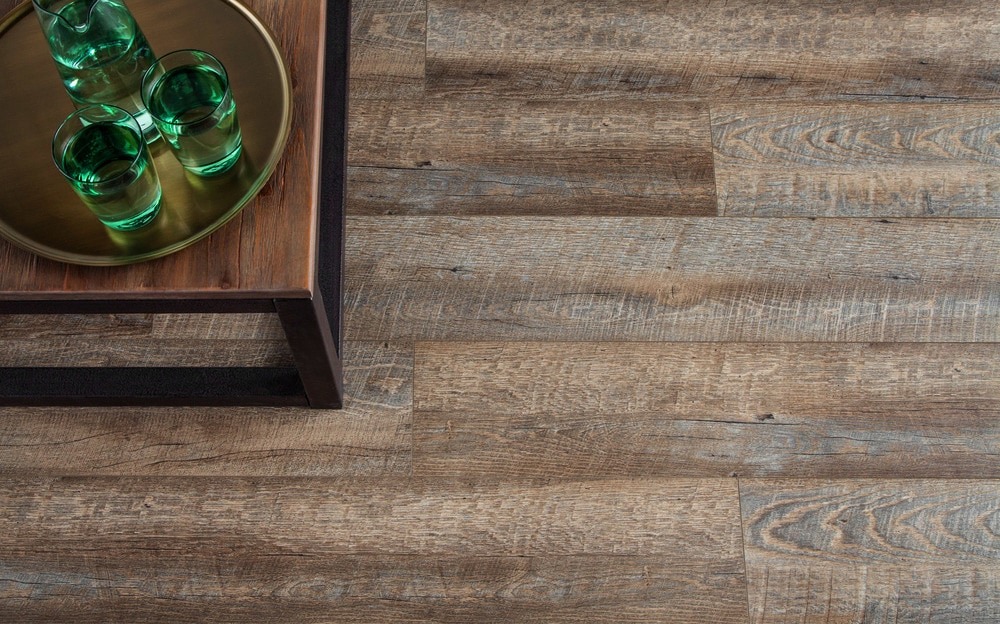

 (1 rating, average rating is 4.00/5)
(1 rating, average rating is 4.00/5)


